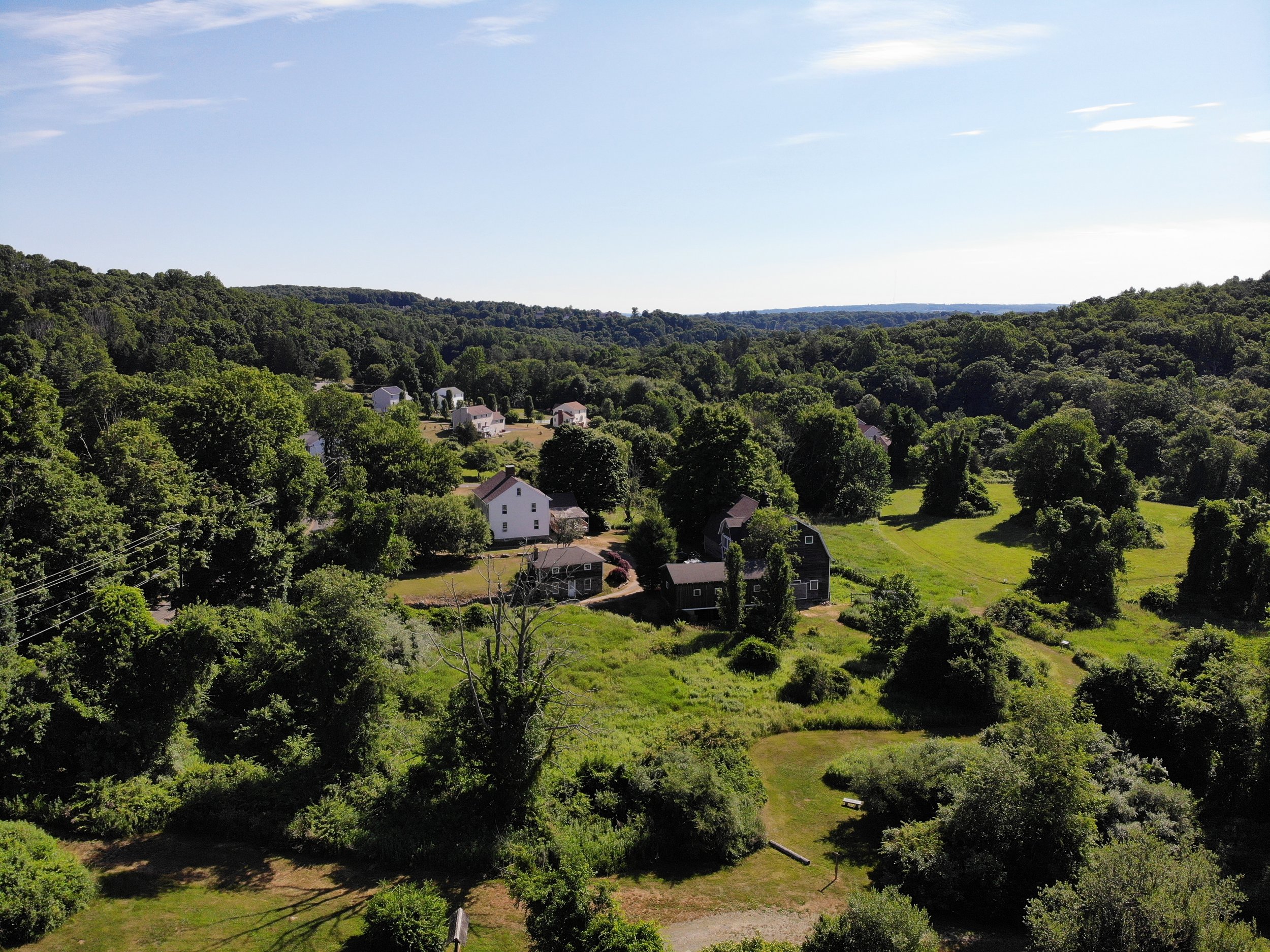Working Lands and Forestry
Connecticut, the country's fourth most densely populated state, faces a delicate balance between accommodating its people and preserving its abundant forests, which comprise 60% of its land (Peracchio, 2020). Compounding this challenge is that nearly 72% of Connecticut's forests are privately owned, necessitating collaborative efforts among private landowners, coalitions, agencies, and the state to address forest fragmentation and ensure the ongoing health of these wooded areas (2020).
Healthy, productive forests can help offset carbon dioxide and offer many ecological, economic, and social benefits. Green spaces and trees are crucial in reducing greenhouse gas emissions and enhancing ecosystem resilience. Forests and terrestrial ecosystems actively participate in climate regulation through the vital processes of carbon sequestration and storage (Evans & Perschel, 2009). Forests and associated soils collectively store approximately 45% of all terrestrial carbon (McGarvey et al., 2015). The size and health of a forest directly impacts its carbon storage capacity, making preserving forests crucial for reducing greenhouse gas emissions and preventing detrimental land uses. Effective management of forests for ecosystem health and function is imperative to maximize carbon sequestration and storage (Fargione et al., 2018). Practices like reforestation and afforestation are integral to increasing carbon sequestration, constituting crucial natural climate solutions (Rhemtulla et al., 2009). Optimal forest health and productivity contribute to carbon management and yield benefits regarding wildlife habitat, water quality protection, biodiversity, recreational opportunities, and overall ecosystem resilience (Fargione et al., 2018).
While urban trees may have less biomass than those in expansive forests, they still contribute significantly to carbon sequestration. Additionally, trees in urban areas indirectly aid in reducing carbon emissions by regulating building temperatures, consequently lowering energy consumption. Recognizing the multifaceted benefits of trees and forests underscores their importance in mitigating climate change and fostering sustainable, resilient ecosystems. With approximately 38% of Connecticut classified as urban land—a figure projected to climb to over 65% by 2060—the state boasts one of the country's highest urban tree cover percentages, hovering around 62% (Nowak & Greenfield, 2018). Given the substantial presence of urban areas and their associated tree cover, it is crucial to assess the role of urban forests in carbon sequestration efforts. Initiatives and practices must be implemented to safeguard existing urban tree cover, particularly expanding tree cover in vulnerable communities. The co-benefits of urban trees, such as temperature regulation to counteract the urban heat island effect, are increasingly necessary to combat climate change's negative impacts.
Goal: Increase urban tree canopy (UTC) and agriculture
Increase urban tree canopy in low-income disadvantaged communities.
Support farming initiatives across urban, rural and suburban typologies.
The goal and strategies listed above only represent priority items for implementation. For a full list of goals and strategies, please refer to the appendix. For a full description of the strategies above, including background and a benefits analysis, please refer to the full PCAP document.


